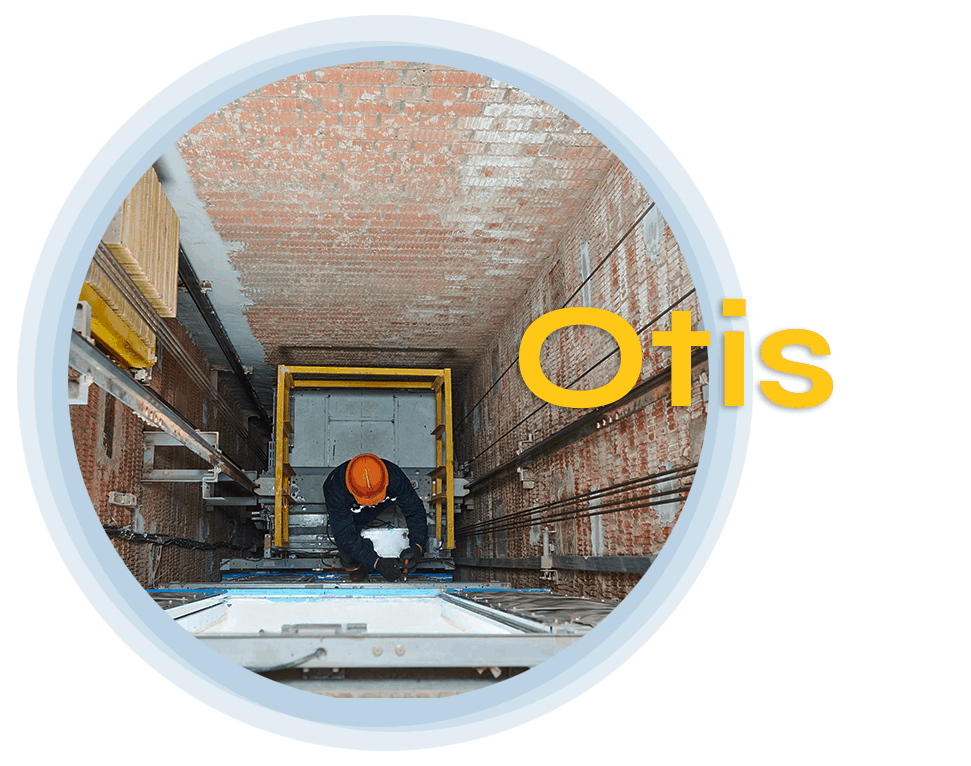With Decision Intelligence at the Helm, Speed, Accuracy and Relevance in Decision-Making Help Win the Race
PlanningForce Decision Intelligence layer help you make the most of human expertise, modelling, databases and A.I. to optimize your complex and non-linear decision-making processes.
scroll down
|
With Decision Intelligence at the Helm,
Speed, Accuracy and Relevance in
Decision-Making Help Win the Race
PlanningForce’s Decision Intelligence layer helps you to make the most
of human expertise, modelling, databases and A.I. to optimize
complex and non-linear decision-making processes.
scroll down
|
Decision Intelligence
Look into the future with greater confidence
The most common tools used in support of management decisions emerged in the 1980s and 90s. They consist primarily of spreadsheets and Gantt-type project tools.
Given the reality and complexity of the systemic and dynamic processes at work in a business today, these tools are not sufficient to assess the consequences of decisions. Decisions taken that affect many dimensions of management, such as, the expected profitability/ cost of a future order/ project or the expected contribution of a future employee /contractor.
Steer your decision-making processes
By combining four cornerstones: human experience, modelling, databases and artificial intelligence, PlanningForce provides a layer of Decision Intelligence that helps managers to steer their decision-making with incredible speed and precision.
The results obtained by this layer of Decision Intelligence are so powerful – and insightful – that Decision-Makers feel in control of processes that have become increasingly complex and interdependent over time. Decision-Makers can easily juggle the multiple factors at play in non-linear decision-making processes simultaneously, thanks to the simulation capabilities of the system.
Benefit from a business “digital twin”
For a Decision-Maker, carrying out a simulation means benefiting from a “digital twin” of the company. This makes it possible to estimate the impact of a given decision on a set of KPIs.
These KPIs can either be financial or non-financial KPIs as well as composite indicators. They reflect the overall performance of the company. Decision-Makers can perform as many simulations as they wish by simply modifying some of the input data.
This allows them to compare the relative impact of each of these simulations on the selected KPIs. In doing so, they can test different scenarios and discuss the pros and cons of each.
Make the most of A.I.
Where one can feel lost in the forest of new technologies, Decision Intelligence can serve as a compass to understanding how to make the most of Artificial Intelligence, Machine Learning, Big Data and Operational Research. It also provides guidance regarding the pitfalls one should not fall into when it comes to investing in these disciplines and technologies!
At a time of great uncertainty, Decision Intelligence maps out a comprehensive pathway to the future, giving the leaders the keys to understanding the complexity of the world and how to make the most of the opportunities A.I. offers to management.
Decision Intelligence
Look into the future with greater confidence
Speed up decision-making processes
The most common tools used in support of management decisions emerged in the 1980s and 90s. They consist primarily of spreadsheets and Gantt-type project tools.
Given the reality and complexity of the systemic and dynamic processes at work in a business today, these tools are not sufficient to assess the consequences of decisions. Decisions taken that affect many dimensions of management, such as, the expected profitability/ cost of a future order/ project or the expected contribution of a future employee /contractor.
By combining four cornerstones: human experience, modelling, databases and artificial intelligence, PlanningForce provides a layer of Decision Intelligence that helps managers to steer their decision-making with incredible speed and precision.
Benefit from a business “digital twin”
The results obtained by this layer of Decision Intelligence are so powerful – and insightful – that Decision-Makers feel in control of processes that have become increasingly complex and interdependent over time. Decision-Makers can easily juggle the multiple factors at play in non-linear decision-making processes simultaneously, thanks to the simulation capabilities of the system.
For a Decision-Maker, carrying out a simulation means benefiting from a “digital twin” of the company. This makes it possible to estimate the impact of a given decision on a set of KPIs.
These KPIs can either be financial or non-financial KPIs as well as composite indicators. They reflect the overall performance of the company. Decision-Makers can perform as many simulations as they wish by simply modifying some of the input data.
Make the most of A.I. and Big Data
This allows them to compare the relative impact of each of these simulations on the selected KPIs. In doing so, they can test different scenarios and discuss the pros and cons of each.
Where one can feel lost in the forest of new technologies, Decision Intelligence can serve as a compass to understanding how to make the most of Artificial Intelligence, Machine Learning, Big Data and Operational Research. It also provides guidance regarding the pitfalls one should not fall into when it comes to investing in these disciplines and technologies!
At a time of great uncertainty, Decision Intelligence maps out a comprehensive pathway to the future, giving the leaders the keys to understanding the complexity of the world and how to make the most of the opportunities A.I. offers to management.
PRODUCTS
What we develop
PRODUCTS
What we develop
CASE STUDIES
Our experience
KCE chooses PlanningForce to design and monitor the plan for all the studies they need to conduct over a 2 year period. All resources, both internal and external, are planned accordingly. Interfacing with third party systems allows for fast and accurate reporting.


OTIS has chosen PlanningForce to plan and schedule all projects and resources of its IT department in the BENELUX. Planning combines large projects (such as the replacement of the ERP system) with smaller ones with the same ease and performance.
BLOG
Related Articles
Decision Intelligence and Artificial Intelligence in terms of Planning
This article links decision intelligence and AI to create a framework in which companies will make future decisions through increasingly intelligent planning processes.
Decision Criteria – Why does it vary?
The criteria for planning decisions can be numerous. A good solution will then allow the selection of those that best meet the needs of a specific decision-maker.
Context Based Planning and Key Performance Indicators (KPIs)
In this article, Professor Libert examines the importance of benefiting from a multi-criteria decision process supported by a set of relevant Key Performance Indicators (KPIs).






















